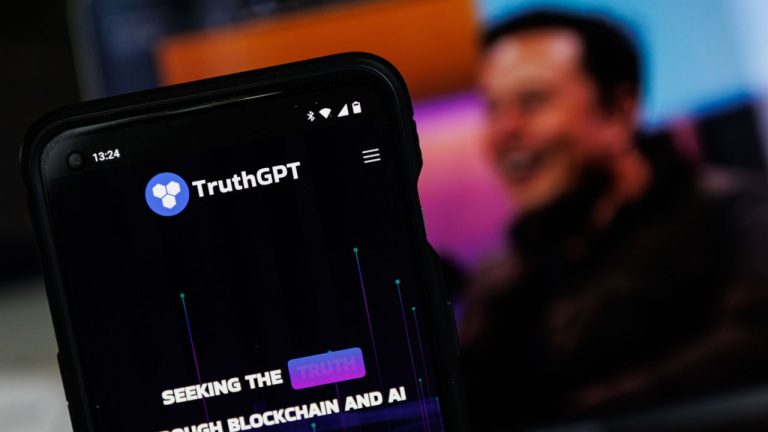
In a recent survey from the Certified Financial Planner Board, 31% of investors said they would be fine to follow AI financial advice without verifying the information.
Around one in three United States investors would be open to following AI-generated financial advice without verifying it with another source, according to a recent survey.
On Aug. 22, the Certified Financial Planner Board of Standards released the results of a poll that surveyed over 1,100 adults in early July.
Only 31% of the respondents had actually received financial planning advice from AI, with 80% recorded some level of satisfaction with the experience. Older respondents were more likely to be satisfied with the experience compared to those under 45 years of age.
However, nearly a third of all surveyed respondents, whether they have tried it or not, indicated they’d be comfortable taking advice without verifying it.
Before the wave of AI chatbots, such as OpenAI’s ChatGPT and Google’s Bard, it had been noted that more investors were beginning to rely on friends, influencers, and social media for investment advice.
Interestingly, the most recent survey found generative AI tools have beat out social media across all ages, with investors surveyed saying they were comparatively more comfortable using AI financial advice without verifying the information, compared to social media.

The CFP Board claimed, however, that investors of all ages cited being more comfortable with AI-generated and social media-derived financial advice if it was verified by a financial advisor.
Related: OpenAI gets lukewarm response to customized AI offering

The findings, however, found that only 52% of the respondents were interested in receiving AI-created financial advice in the future.
Magazine: How to control the AIs and incentivize the humans with crypto










